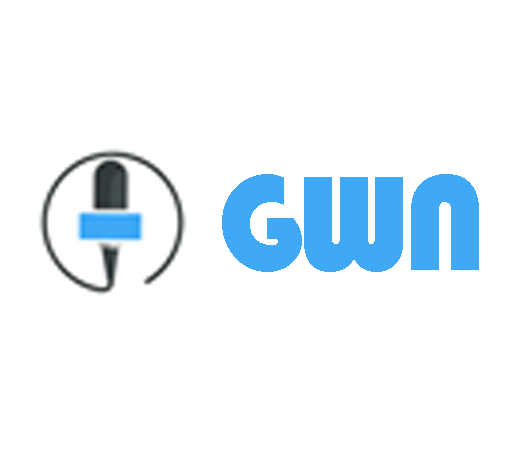Two crashes involving Teslas apparently running on autopilot are grabbing the attention of federal regulators and pointing to a potential new hazard on U.S. highways: Partially automated vehicles may fail to stop for motorcycles. The National Highway Traffic Safety Administration dispatched investigation teams to two crashes last month in which Teslas collided with motorcycles on highways in the dark. Both were deadly.
The agency suspects that Tesla’s partially automated driver assistance system was used in each of them. The agency says once it gathers more information, it could include the crashes in a larger investigation of Teslas hitting emergency vehicles parked along highways. NHTSA is also investigating more than 750 complaints that Teslas may brake for no reason.
The first crash involving a motorcyclist happened at 4:47 a.m. on July 7 on State Route 91, a highway in Riverside, California. A white Tesla Model Y SUV was driving east in the high occupancy vehicle lane. Ahead of him was a rider on a green Yamaha V-Star motorcycle, the California Highway Patrol said in a statement.
At some point the vehicles collided and the unidentified motorcyclist was ejected from the Yamaha. He was pronounced dead at the scene by firefighters.
Whether or not the Tesla was running on Autopilot is under investigation, a CHP spokesperson said.
The second crash happened around 1:09 a.m. on July 24 on Interstate 15 near Draper, Utah. A Tesla Model 3 sedan was behind a Harley-Davidson motorcycle, also in a HOV lane. “The Tesla driver did not see the motorcyclist and collided with the rear of the motorcycle, throwing the rider off the bike,” the Utah Department of Public Safety said in a statement. press release prepared.
The rider, identified as Landon Embry, 34, of Orem, Utah, died at the scene. The Tesla driver told authorities he had activated the vehicle’s Autopilot setting, according to the statement.
Michael Brooks, acting executive director of the nonprofit Center for Auto Safety, called on NHTSA to recall Tesla’s Autopilot because it does not recognize motorcyclists, emergency vehicles or pedestrians.
“It’s pretty clear to me, and it should be to a lot of Tesla owners by now, this stuff isn’t working properly and won’t live up to expectations, and it’s putting innocent people at risk on the roads,” he said. said Brooks.
Since 2016, NHTSA has sent teams to 39 crashes in which automated driving systems are suspected of being used, according to agency documents. Of those, 30 involved Teslas, including crashes that left 19 people dead.
Brooks criticized the agency for continuing to investigate but failing to take action. “What are they doing while these accidents keep happening?” he asked.
Musk has eliminated the use of radar from his systems and relies solely on cameras and computer memory. Brooks and other safety advocates say the lack of radar impairs dark vision.
Messages were left seeking comment from Tesla, which has disbanded its media relations department.
Tesla said Autopilot and “fully self-driving” cannot drive themselves and drivers must be prepared to intervene at all times.
In a June interview, new NHTSA Administrator Steven Cliff said the agency is stepping up its efforts to understand the risks posed by automated vehicles so it can decide what regulations are needed to protect drivers, passengers and pedestrians. There are no federal regulations that directly cover self-driving vehicles or those with partially automated driver assistance systems such as Autopilot.
The agency also says the technology holds great promise for reducing traffic accidents.
NHTSA has also ordered all automakers and technology companies with automated driving systems to report all crashes. The agency released the first batch of data in June showing nearly 400 crashes were reported over a 10-month period, including 273 with Teslas. But he cautioned against comparisons, saying Tesla’s telematics allows it to collect real-time data, much faster than other companies.
Tesla’s Autopilot keeps cars in their lane and away from other vehicles. The company also uses selected owners to test “Full Self-Driving” software, which is designed to drive a route by itself with human supervision. Eventually, Tesla CEO Elon Musk said the cars would drive themselves, enabling a fleet of autonomous robots that would boost Tesla’s revenue. In 2019, Musk pledged to make robot taxis work in 2020.
He told the company’s annual general meeting of shareholders on Thursday that “fully autonomous driving” has been greatly improved, and he plans to make the software available by the end of the year for all owners who use it. will request.
Tech




